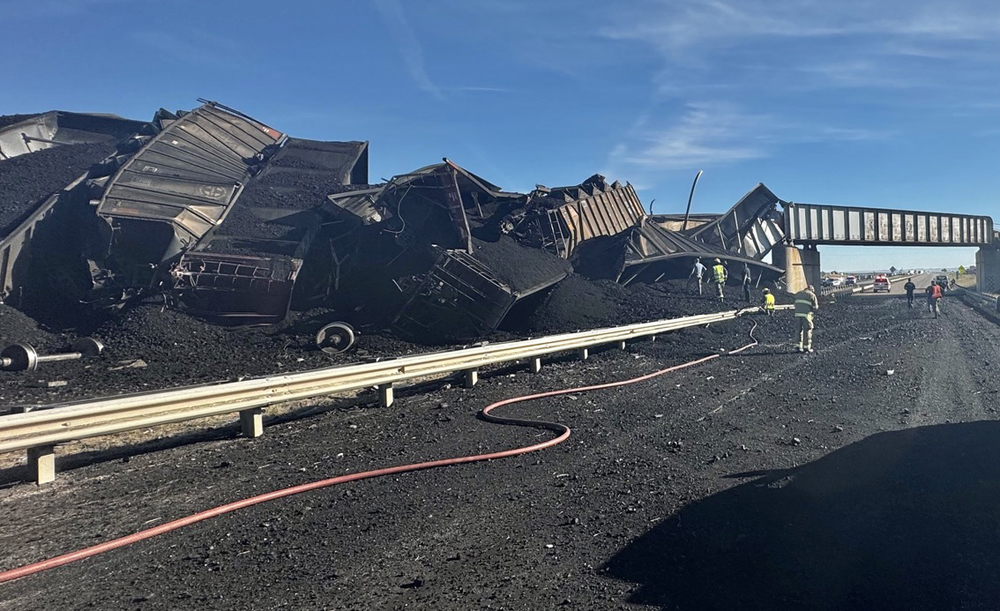
PUEBLO, Colo. — The driver of a semi truck was killed when a bridge collapsed Sunday as a result of a BNSF coal-train derailment that has closed Interstate 25, Colorado’s main north-south highway, near Pueblo.
An image from a Colorado State Patrol post on the social media site X, formerly Twitter, shows the train derailed at a bridge crossing I-25 just north of Pueblo, with a truck pinned under the bridge. A State Patrol spokesman announced Sunday night that the driver had died, the Pueblo Chieftain newspaper reports. KMGH-TV reports the driver has been identifed by the Pueblo County Coroner as Lafollette Henderson, 60, of Compton, Calif. A Pueblo County Sheriff’s Office representative said no other vehicles were involved; authorities had not initially been sure there were no cars under the derailed railcars.
The train involved had five locomotives and 124 cars, of which 30 cars derailed.
A BNSF representative said in a statement to Trains News Wire that the derailment occurred about 4:30 p.m. Central time, or 3:30 p.m. Mountain time. No injuries to the train crew were reported and the cause is under investigation. The Chieftain reports National Transportation Safety Board investigators are due to arrive on the scene today. The Washington Post quotes an NTSB spokeswoman as saying the agency will examine the bridge and its maintenance.
The derailment occurred near highway mile marker 107. Approximately 12 miles of I-25 have been closed, with detours in place; the State Patrol says to expect an extended closure. Colorado Gov. Jared Polis said in a statement Monday that work to clear the highway could not begin until the NTSB allows it to proceed and that the process of clearing debris could take up to 48 hours once it begins.
It was the second derailment of the weekend for BNSF. The railroad indicates in a customer advisory that a train derailed near Aberdeen, S.D., at 10:21 a.m. on Saturday, Oct. 14, and that the line was expected to be reopened by 5:30 p.m. CDT today.
— Updated at 7:50 p.m. CDT with statement from BNSF, and information on earlier derailment in South Dakota; updated Oct. 16 at 7:15 a.m. with fatality and other information; updated at 2:38 p.m. with additional details; updated at 6:20 p.m. with identification of driver killed and additional details.
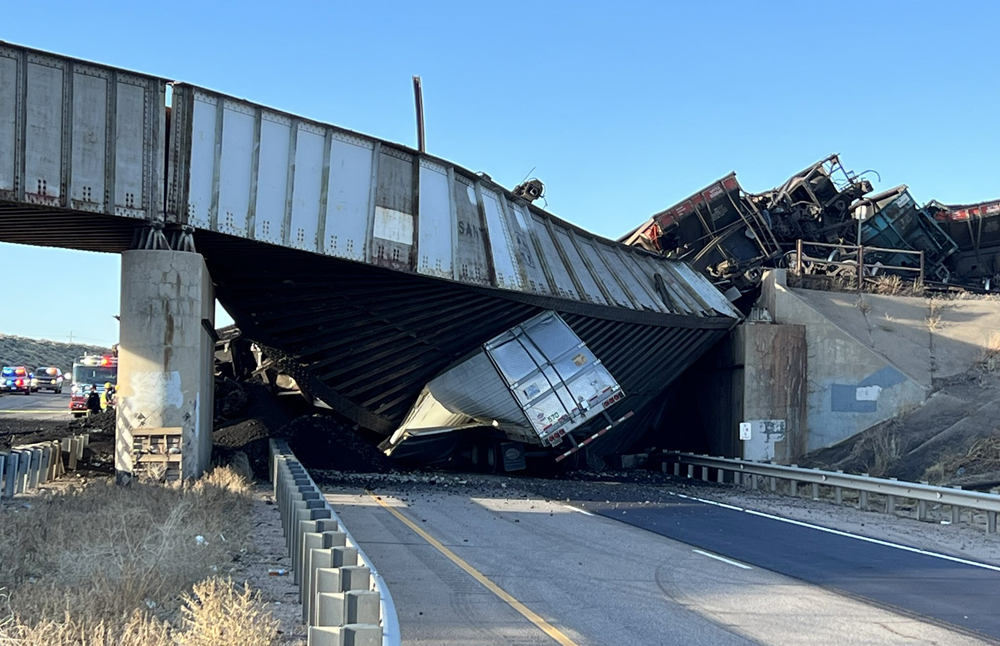






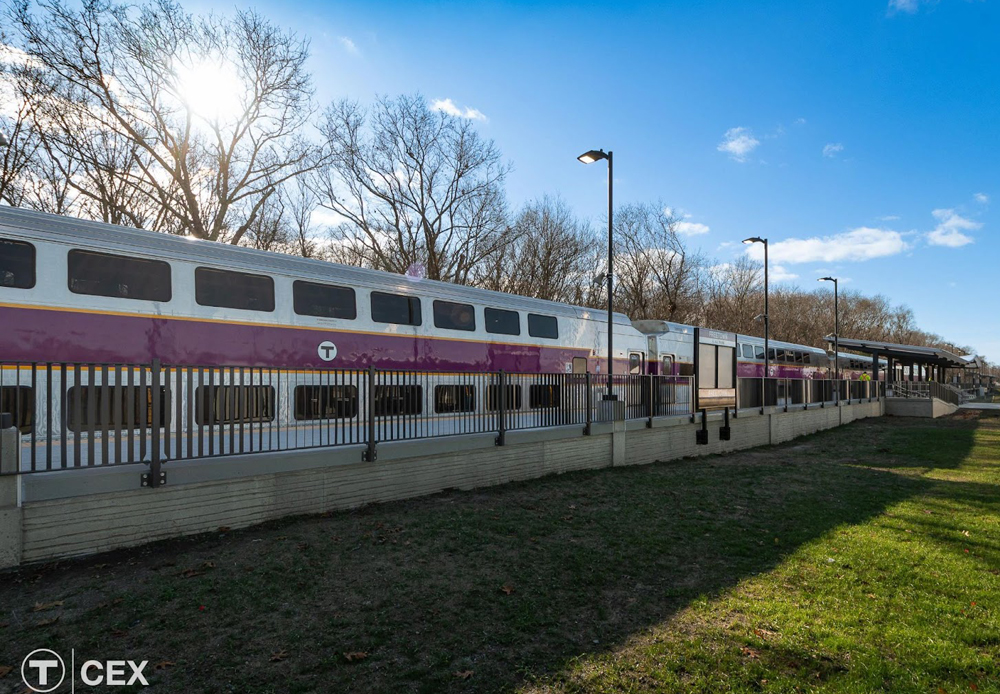
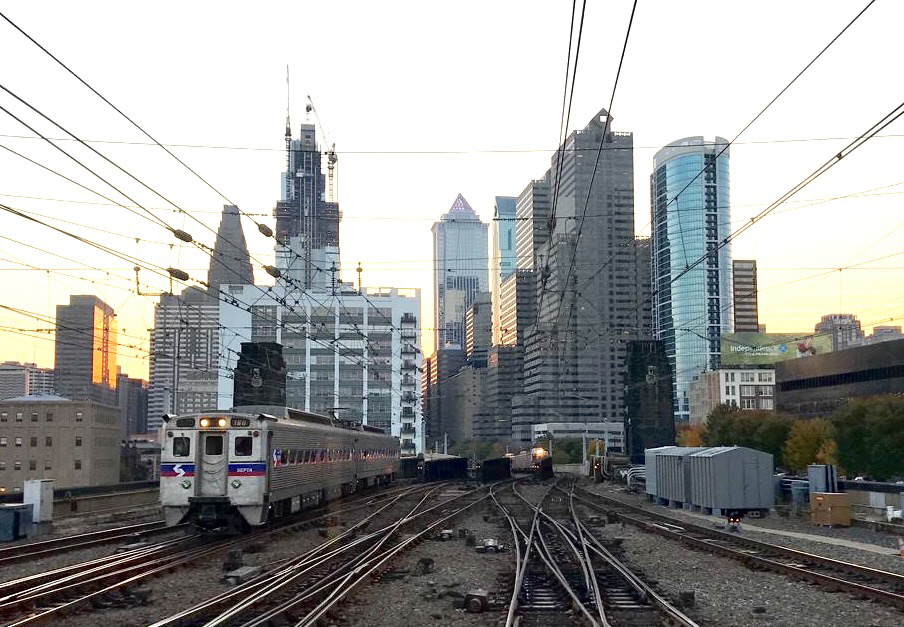
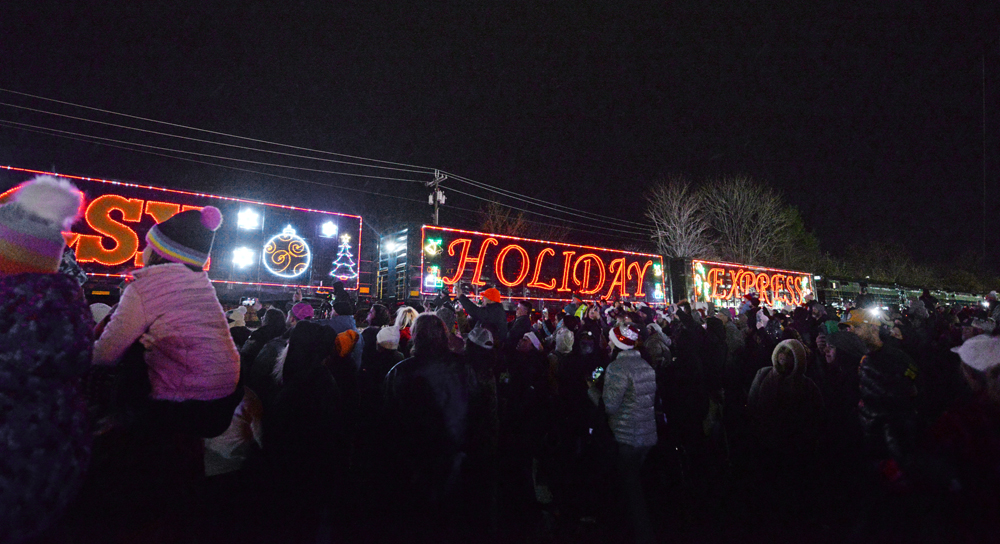
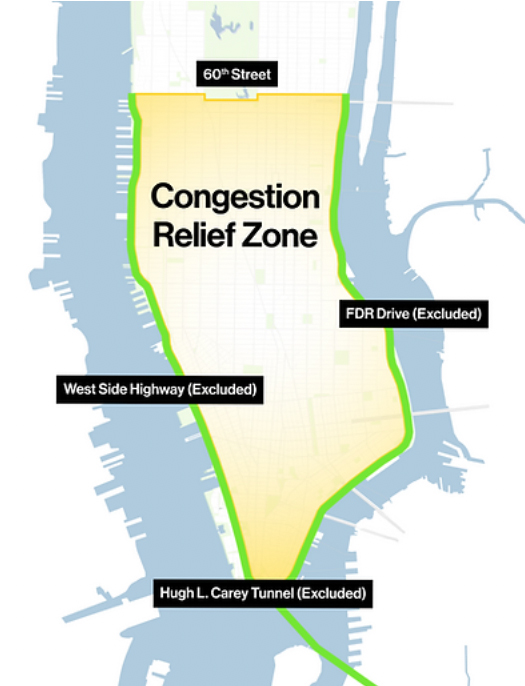




I can’t count the times I drove under this bridge when I live in Colorado Springs, either in my car or in an Army vehicle headed to training. Spooky.
I have a different take on the incident. The pier holding the corner bridge bearing most likely failed, causing a bridge collapse, which in turn caused the derailment.
We know that when steel rusts, it expands. The center pier shows rust stains and surface spalling. Clearly, there is oxidation occurring to steel rebar below the bridge bearing plate.
Now look at the remaining end abutment. There is significant staining and spalling under the bridge bearing plate, which is very near the edge of the abutment. Oxidation of the steel rebar has been occurring for some time.
Note that the wing walls behind the abutment are a different concrete mix from a later pour. Further, the wing wall is poured on top of the abutment. It is apparent the later wingwall increased the rate of rebar oxidation in the abutment as compared to the more open center pier.
My take, based upon working with bridge engineers on bridges under my management, is that the abutment suffered a compression failure due to concrete degradation as a result of rebar oxidation. Further, the safety factor built into the abutment was eroded over time as the concrete degraded. And finally, the weight of modern freight cars was to great for the degraded abutment to support, which lead to the bridge failure and subsequent derailment.
There is another bridge exactly like this in Castle Rock, Douglas County, CO, also on I-25 northbound where the tracks cross over the freeway just like this one. It is mostly used by empty coal trains headed back to the Powder River Basin in Wyoming, but it does see some manifests and oil traffic.. It ought to be looked at for the exact same things that Chris mentions above,
Other pictures published show that there are derailed cars on the other side of the bridge that cleared the bridge before coming to a stop. One picture from above shows damage to the track on the bridge deck indicating the railcars that made it across before the collapse were on the ground.
The big question is did train derail & knock out the bridge or did the bridge collapse & cause the derailment?
The truck looks like it was in its lane and was crushed when the far right corner of the bridge was pushed of the abutment by the train.
There does not appear to be any skid marks made by the TT. If so, driver had no chance! Probably only about 2 seconds but NTSB report will be interesting.
Amazing physics. The photo makes both the bridge and the truck look as if they were made of the most flimsy materials.
This particular bridge was built in 1956 by CDOT when US-85 was built to four lanes from Pueblo to Denver. It was built for the then Santa Fe Railroad and the Pikes Peak Subdivision. The bridge registration is K-18-S and does not show up on the CDOT bridge issue report.
RIP to the truck driver and sympathy to his family and friends.
Condolences to the family of the deceased truck driver!
Dr. Güntürk Üstün
Peter, Armchair engineering, I did notice (FWIW) is that the girders are noncontinuous above the median pier. (Note both the gap and the twinned hinge supports.) Can’t be sure but I’d think newer bridges would tie the girders together, end-to-end with welds, rivets, gussets, etc. Continuous girders wouldn’t prevent collapse in a catstrophic incident, but could make the structure less susceptible to vibration and deflection, and thus ongoing wear over the decades.
Charles, CN just put up a bunch of new bridges in Hamilton over the last ten years to accommodate GO with centre piers and of non continuous design.
My engineering friends in the mill had no use for continuous girders, not sure why but I think it was due to the bending moment at the centre column (pier)
Late on my reply. Continuous girders are problematic in railroad bridge design and are rare in their application. Highway bridge engineers love them, for good reasons, but those good reason do not translate well into railroad bridge design. I know you are an engineer and I could go on about live load versus dead load ratios, but this post is aging out so probably not worth the effort. Long story short, for railroad bridge applications continuous girders are not a preferred superstructure configuration in all but a few cases.
For now, it isn’t clear whether the train derailed due to the bridge collapse, or if the bridge collapse was caused by the derailment.
Dr. Güntürk Üstün
Until we find out otherwise, the first guess would be the bridge took the dive, causing the train to go flying.
Next question is, whose bridge is it, C-DOT’s bridge or the railroad’s bridge. One possible scenario is that the state built the bridge (along with the Interstate Highway) but turned it over upon completion to the railroad for ongoing maintenance, inspection, and pardon the L-word this hour of the morning, liability. But I don’t know that.
Absent first hand knowledge it is difficult to say for certain outside of armchair engineering. Through girders such as this are more susceptible to damage from derailing equipment because a portion of the primary superstructure extends above the track level. Likely having been built specifically for the freeway crossing some time post-WWII this bridge would be newer than many similar thru girders in railroad service, though the riveted construction of the span likely means it was built prior to the 1970’s. Based on the photos provided I have some initial “armchair” opinions, but those opinions are subject to change and not worth sharing.